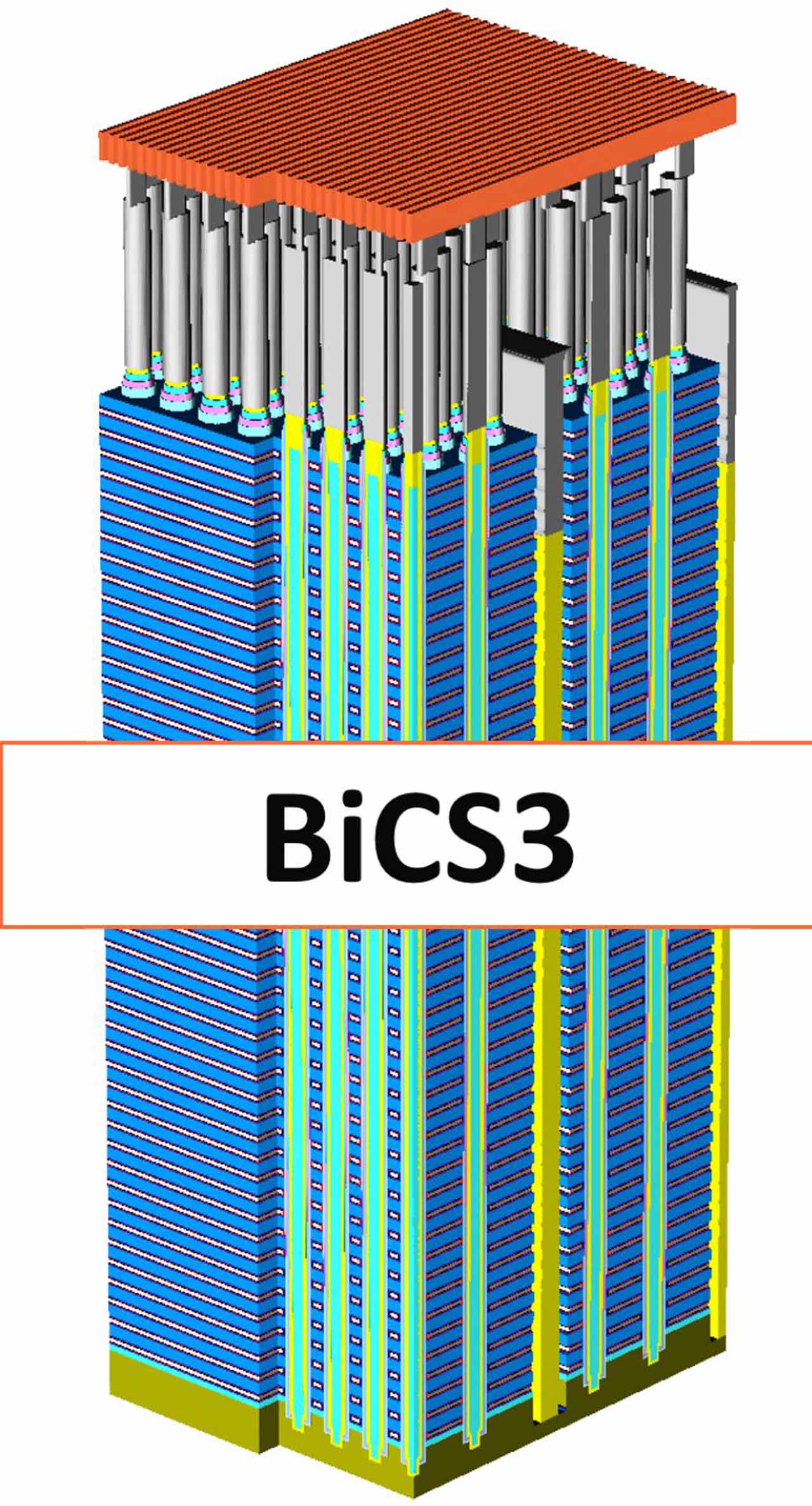WD Announces First 64-Layer 512Gb TLC NAND Die Amidst Toshiba Turmoil
Hot on the heels of Micron's announcement that it is developing the "world's smallest" 64-layer 3D NAND, WD announced that it has begun pilot production of the "world's first" 64-layer 512Gb TLC NAND die. WD is developing and producing its 64-layer NAND at its Yokkaichi, Japan fab that it operates with Toshiba under their joint Flash Forward venture.
WD and Toshiba have struggled to bring a meaningful amount of their 48-layer 128Gb 3D NAND to market, which many cite as a major contributor to the ongoing NAND shortage. WD and Toshiba aren't the only vendors to encounter 3D NAND production challenges; Samsung has also apparently encountered production issues with its 48-layer NAND. Last year, WD announced its transition to 64-layer 256Gb BiCS3 3D NAND, but the new revision has also been scarce. WD refers to its new 512Gb die as BiCS3, so it apparently employs the same architecture and process as the previous version.
The joint WD/Toshiba Yokkaichi fab is the largest NAND facility in the world. At one time, it punched out more than two million products per day, so many industry analysts predict that the current NAND shortage will not subside until it begins to produce significant amounts of 3D NAND. WD's press release stated that the company is in pilot production with its new 64-layer TLC NAND, and it will reach full-scale production in the second half of the year.
WD inherited the Toshiba NAND partnership when it purchased SanDisk. NAND production capability provides WD with a commanding position in the SSD market, but a series of scandals and failed investments have plagued Toshiba. As a result, Toshiba recently announced plans to sever its semiconductor business and make it into its own entity. The move would allow Toshiba to sell up to a 20% stake in the new business to investors, thus raising enough cash to rescue the company. There have been numerous reports that WD will invest in the new business, but that remains unconfirmed. WD CEO Steve Milligan touched on the issue (and fanned the flames) during the company's recent earnings call (via Seeking Alpha).
"As we all know from recent disclosures by Toshiba and news reports, our flash joint venture partner is facing challenges. We have been in regular communication with them over the last several weeks. We are confident that their semiconductor memory business remains healthy and strategically viable. Under any circumstance we will act to protect Western Digital's interest and work to ensure that we maintain the leadership position of our joint venture."
The addition of the latest BiCS3 iteration indicates that, despite its financial challenges, Toshiba continues to execute on its semiconductor roadmap. 3D NAND presents many challenges, particularly with high aspect ratio processing, but density is the key to alleviating the current NAND shortage. Western Digital will present a technical paper on its high aspect ratio advancements during the International Solid State Circuits Conference (ISSCC) tomorrow.
EDIT: 2/17/17 4PST - Corrected mass production schedule
Get Tom's Hardware's best news and in-depth reviews, straight to your inbox.

Paul Alcorn is the Editor-in-Chief for Tom's Hardware US. He also writes news and reviews on CPUs, storage, and enterprise hardware.
-
aries1470 Wow, the future is yesterday or next week?!Reply
"EDIT: 2/17/17 4PST - Corrected mass production schedule"
But today, where I am located in Australia, the date and time is, when reading this article:12th of February, 2017!
An edit from the future... wohoo!
Btw, interesting article :) I love the tech updates.
